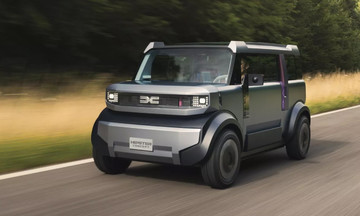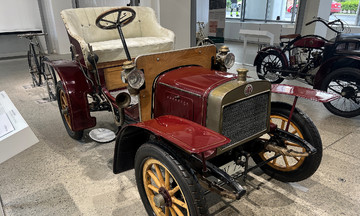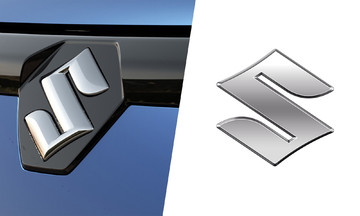The first images of the commercial version of the Mitsubishi Destinator on a transport vehicle in Vietnam surfaced on 20/8. The vehicle was also spotted at a racetrack in Tay Ninh (formerly Long An). These are likely the first units in the country for registration before the official launch.
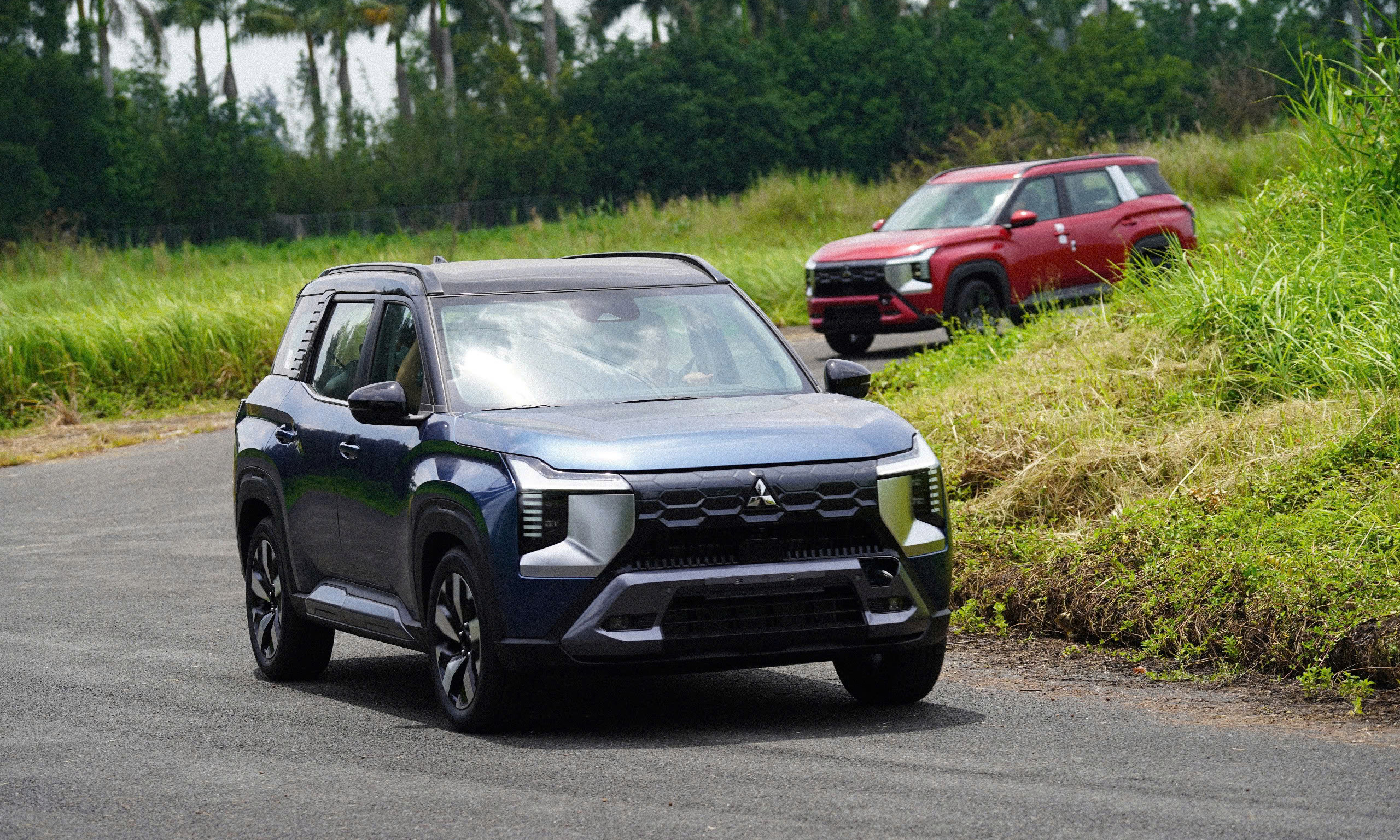 |
The Destinator appeared at a location in Tay Ninh. Photo: Quang Thi
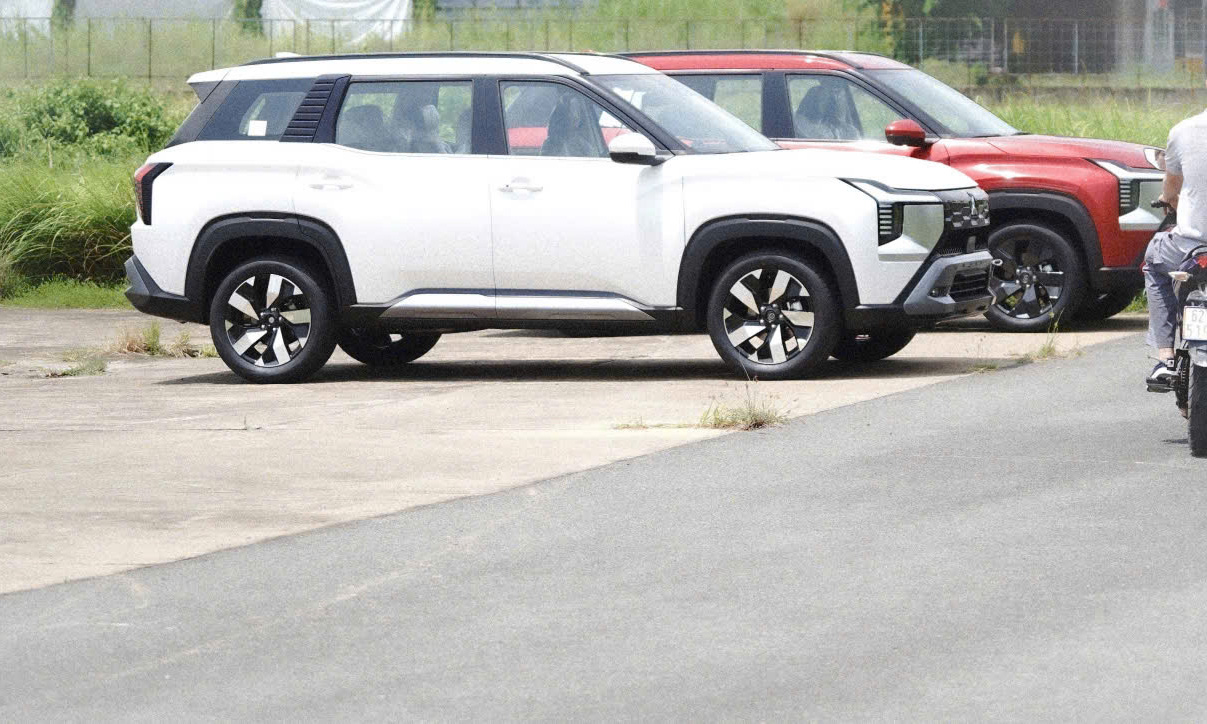 |
The vehicle is undergoing registration.
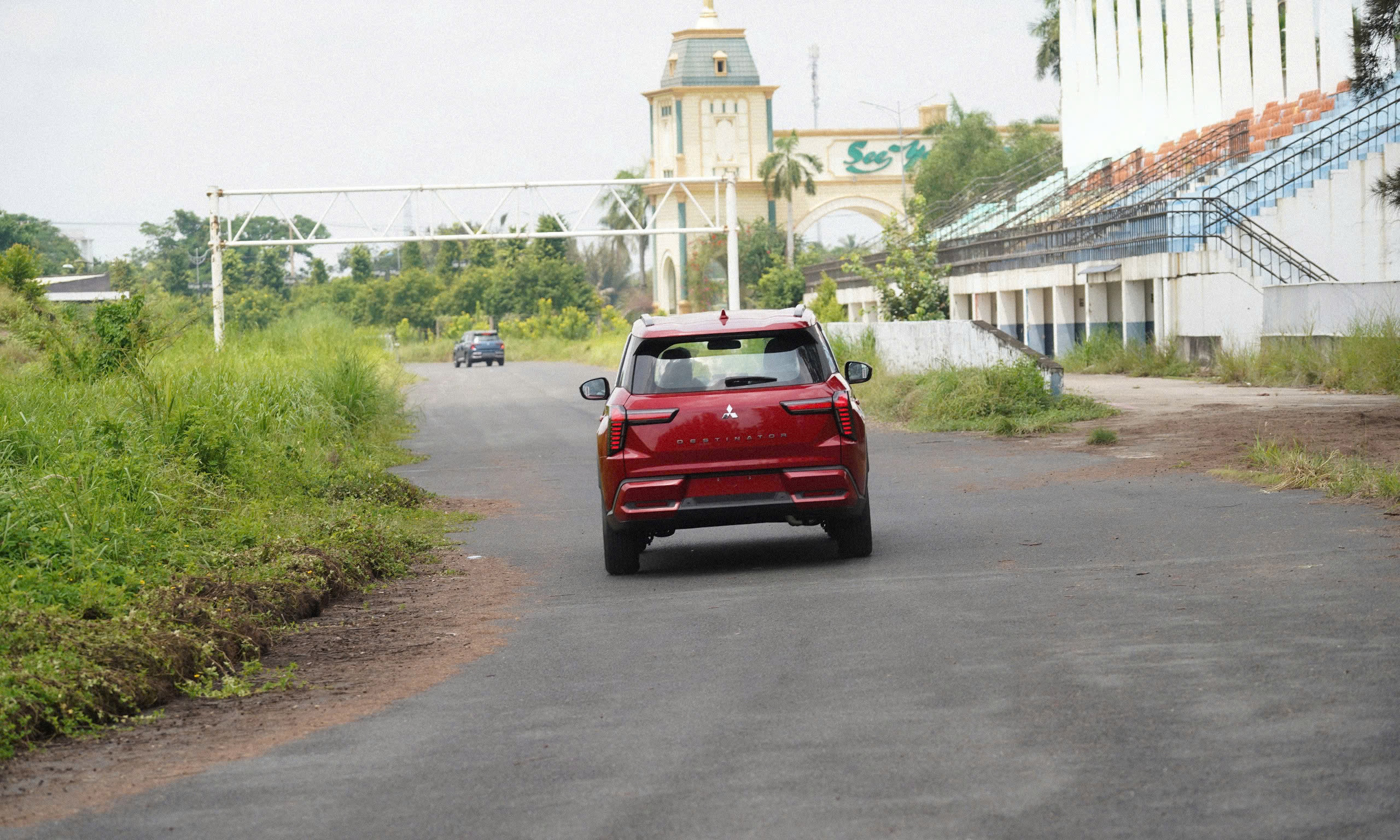 |
The design is similar to the Indonesian version.
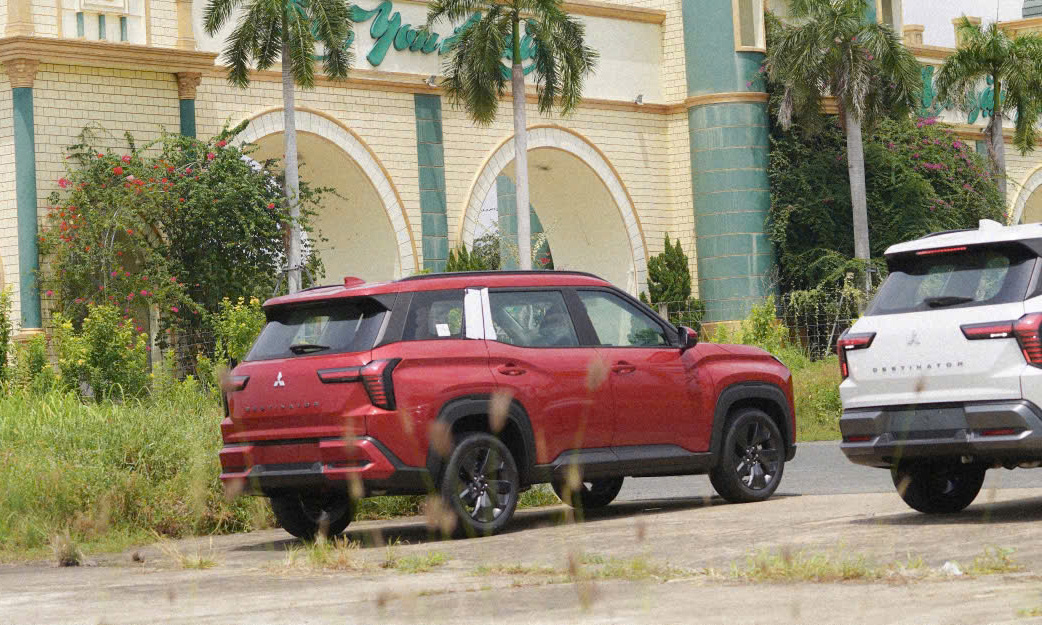 |
The vehicle looks like a larger version of the Xforce.
The Destinator in Vietnam features a left-hand drive configuration. It retains the same masculine design as the Indonesian market version. The LED headlights and Dynamic Shield grille, familiar from models like the Xpander and Xforce, are present.
Mitsubishi Vietnam stated that the Destinator will be available in the domestic market by the end of 2025. Details about features and safety specifications are still being kept under wraps. The Destinator will compete in the C-segment SUV segment, facing strong competitors with top sales figures like the Mazda CX-5, Ford Territory, Hyundai Tucson, and Honda CR-V.
The Destinator on a transport vehicle. Source: Nguyet Nguyen
The Destinator is positioned as Mitsubishi's third global strategic model. It is manufactured in Indonesia and distributed globally, with a focus on the Southeast Asian market.
The Destinator's overall dimensions are 4,680 mm long, 1,840 mm wide, and 1,780 mm high, with a wheelbase of 2,815 mm. It has a turning radius of 5.4 m and weighs 1,495 kg.
Compared to one of the largest vehicles in the C-segment, the CR-V (4,691 x 1,866 x 1,681 mm, 2,701 mm wheelbase), the Mitsubishi Destinator is only slightly shorter and narrower, but boasts superior height and wheelbase. It also surpasses other competitors in the same segment, such as the Tucson and CX-5, in these dimensions.
In Indonesia, Mitsubishi designed the Destinator's center console with soft-touch materials that extend seamlessly to the door panels. It features a 12.3-inch infotainment screen combined with an 8-inch digital instrument cluster. The Dynamic Sound Yamaha Premium audio system includes 8 speakers and 4 sound modes. A panoramic sunroof and 64-color ambient lighting system are also included. Separate air conditioning vents are provided for the third-row seats.
Smart utility features are located throughout the cabin, including cup holders in the doors and armrests, folding tables, and storage compartments behind the front seats for tablets and other items. Each row of seats has USB Type-A and Type-C charging ports. The middle row can be folded 40:20:40, and the third row can be folded independently 50:50. Both rear rows can be folded completely flat.
The Destinator is equipped with a 1.5L MIVEC Turbo engine and a CVT transmission. The vehicle produces 161 horsepower (163 ps) and a maximum torque of 250 Nm.
While using front-wheel drive, the Destinator inherits Mitsubishi's All-Wheel Control (AWC) technology. This system integrates various control mechanisms, including Active Yaw Control (AYC), which adjusts the driving force of the two front wheels to enhance cornering performance; traction control to manage tire slippage; as well as engine control and steering assist, allowing for stable operation in all road conditions.
Drivers can select from 5 driving modes suitable for different road conditions: wet, tarmac, normal, gravel, and mud.
The suspension system features MacPherson struts at the front and a torsion beam at the rear. Most C-segment vehicles utilize a multi-link rear suspension. While a torsion beam is theoretically less smooth than a multi-link setup, it is more cost-effective. Mitsubishi states that, in addition to extensive testing on test tracks in Japan and simulations of ASEAN road conditions, the suspension has been continuously refined in Indonesia to provide a smoother and more comfortable ride, even on rough terrain.
The Destinator launched in Indonesia is equipped with the Mitsubishi Motors Safety Sensing (MMSS) advanced driver-assistance system (ADAS). This system includes adaptive cruise control, forward collision warning and mitigation, blind spot warning, rear cross traffic alert, automatic high beams, lead car departure notification, and a 360-degree camera.
Pham Trung




